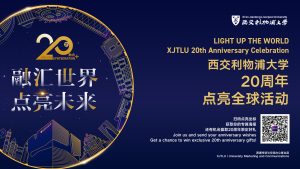22 Mar 2024
In the 11th National College Student Digital Media Technology Works and Creative Competition, the student team from the School of Film and TV Arts at Xi’an Jiaotong-Liverpool University won the national second prize and the first prize in Jiangsu Province for their project, “The Tiger Hill Cultural Tourism Metaverse Project.”
The project uses the famous 5A-rated scenic spot, Tiger Hill Tower in Suzhou, as a pilot. It delves into Suzhou’s rich cultural heritage by integrating artificial intelligence digital tour guides with 3D real-world modelling technology to explore the cultural tourism metaverse field.
“The Tiger Hill Cultural Tourism Metaverse Project” originated from a summer undergraduate research project by the student team. The team consisted of third-year students Liwen Zhang, Yu Tang, and Yingjie Si, with Fang Liu as their supervisor. At the project's inception, the team conducted an online survey to gain insights into public awareness, expectations, and feedback regarding the cultural tourism metaverse. They also extensively researched metaverse projects in the cultural tourism field and conducted on-site visits, such as experiencing the “Dream Hidden in the Humble Administrator’s Garden” VR project in Suzhou, to gather inspiration and experience.
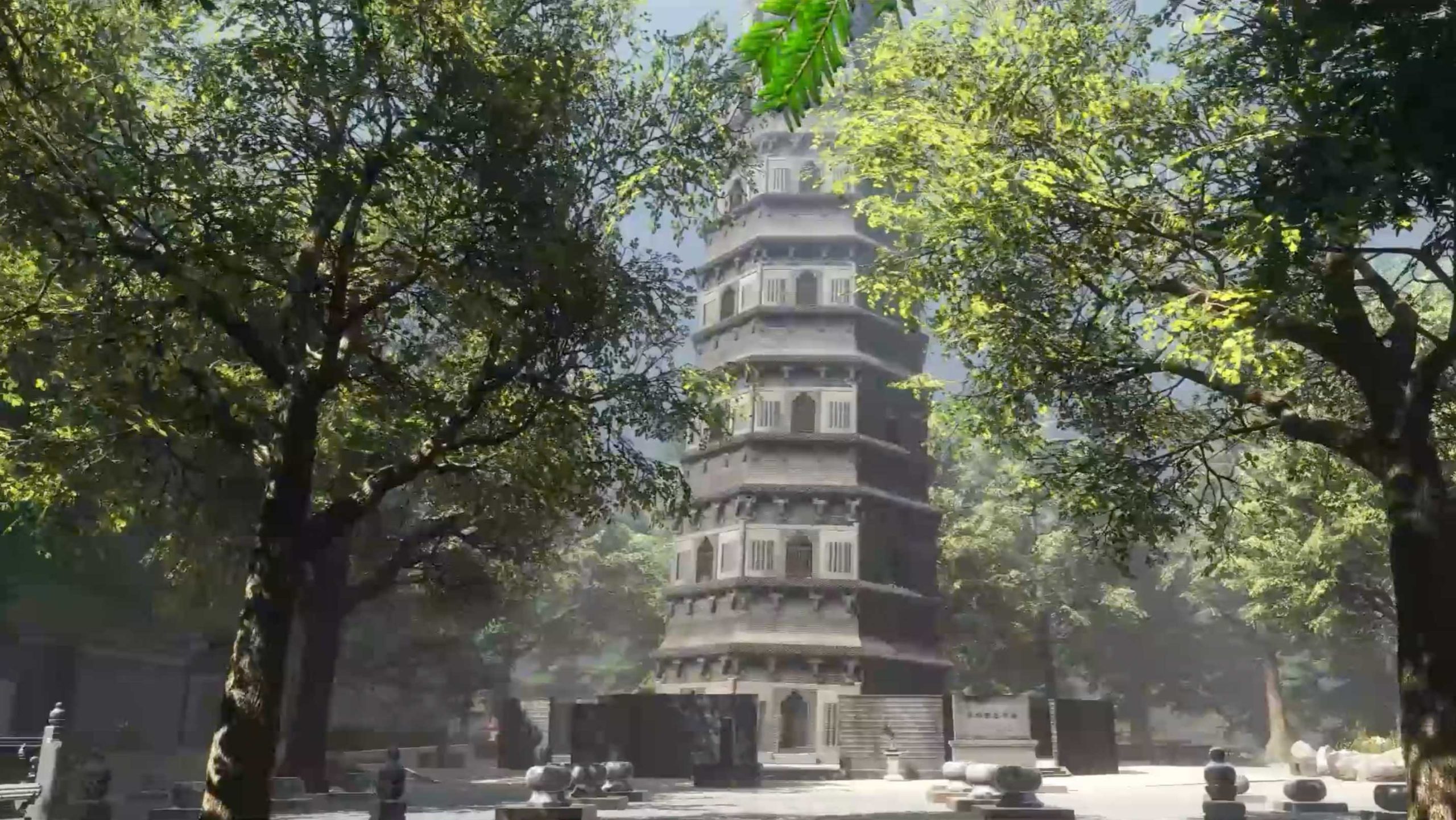
Scene from The Tiger Hill Metaverse Project
Through analysis of survey data and market research, the team discovered that VR (virtual reality) and AR (augmented reality) hardware currently have low consumer market penetration. “Many people feel that current metaverse projects lack realism because most VR headsets and mobile phones’ chips and batteries cannot support high-quality programme operations. So, we decided to use a PC platform to simulate the future high-performance VR visuals to achieve the best results,” said team member Yu Tang.
To achieve this goal, the team used advanced 3D scanning, intelligent mapping, drafting, and 3D real-world modelling technologies to create a high-precision virtual simulation of Tiger Hill Tower. This technology allows visitors to experience the true appearance of Tiger Hill Tower in the metaverse and gain an immersive touring experience.
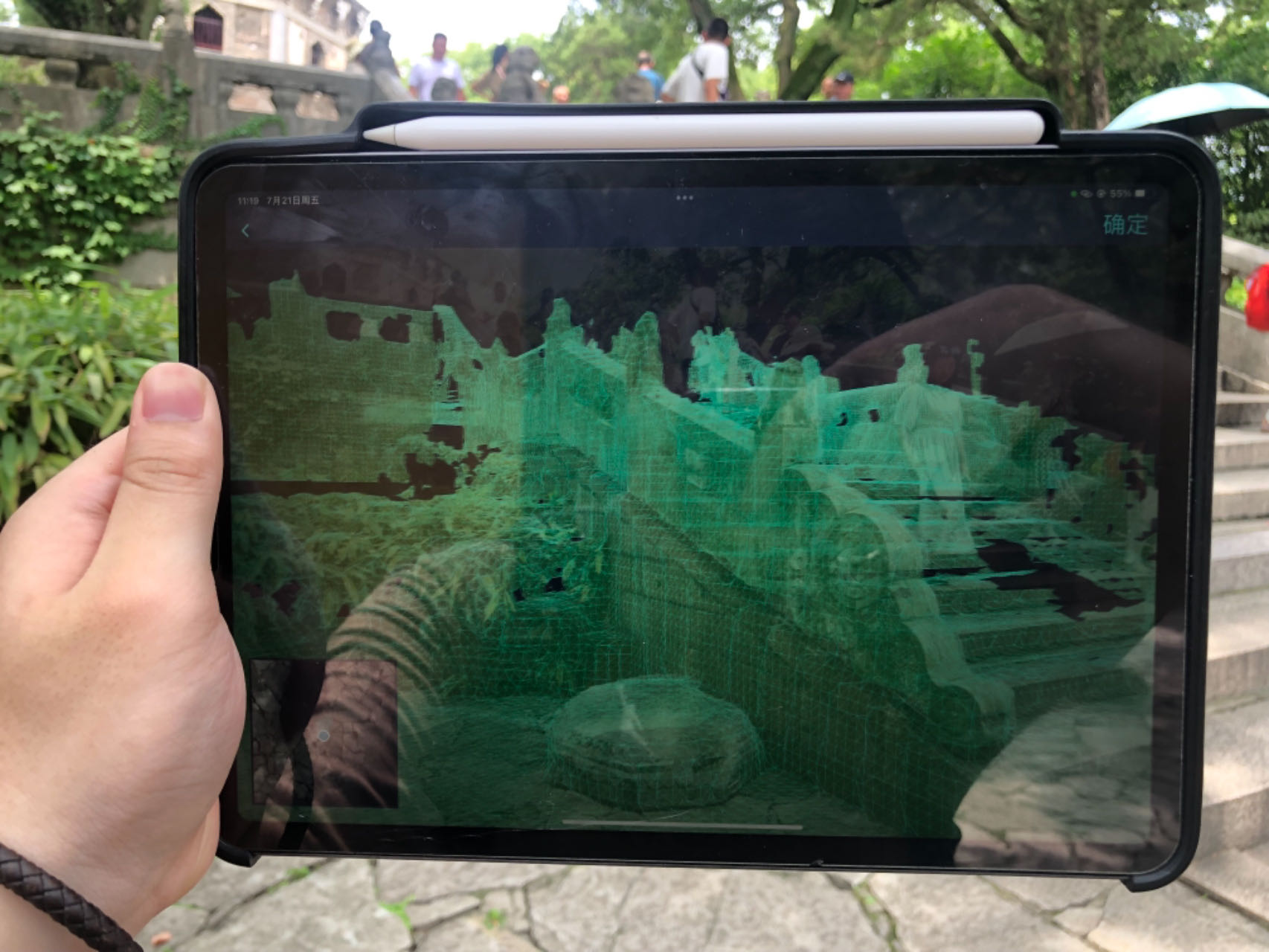
Mobile Laser Scanning

Real-World Modelling
The team’s digital human design was also quite distinctive. They initially attempted to design in a new Chinese style but found it lacked local Suzhou elements. After adjustments, they drew inspiration from the treasured Five Dynasties secret-coloured porcelain lotus bowl, discovered in the Tiger Hill area of Suzhou in 1957, to create a digital human image with Suzhou characteristics - the digital tour guide “Xiao Qing.” The digital human’s hairstyle is based on traditional Suzhou hairstyles, and the lip makeup is designed in the shape of petals, echoing the Five Dynasties secret-coloured porcelain lotus bowl. The attire features traditional Hanfu with innovative patterns.
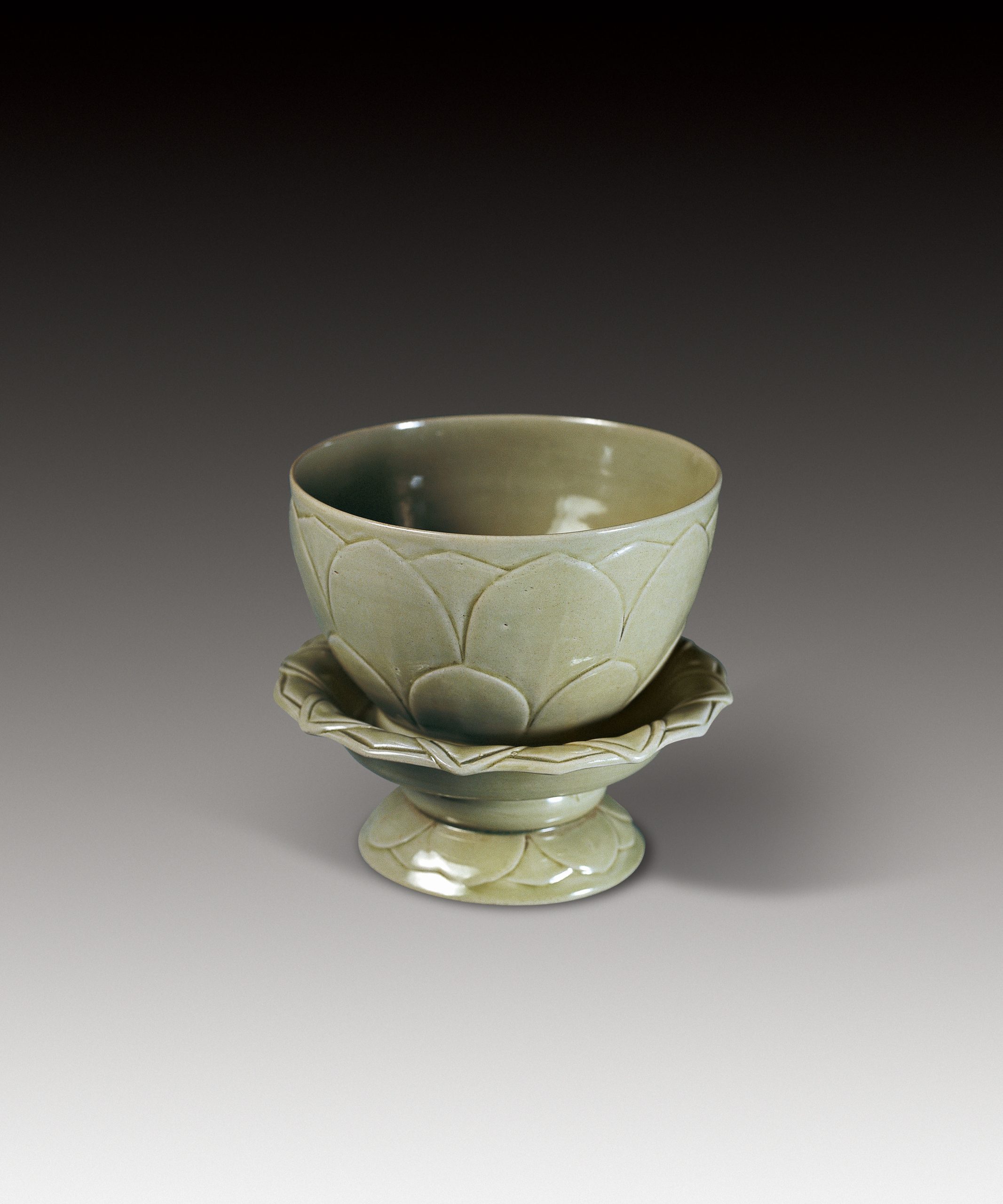
Secret-Coloured Porcelain Lotus Bowl
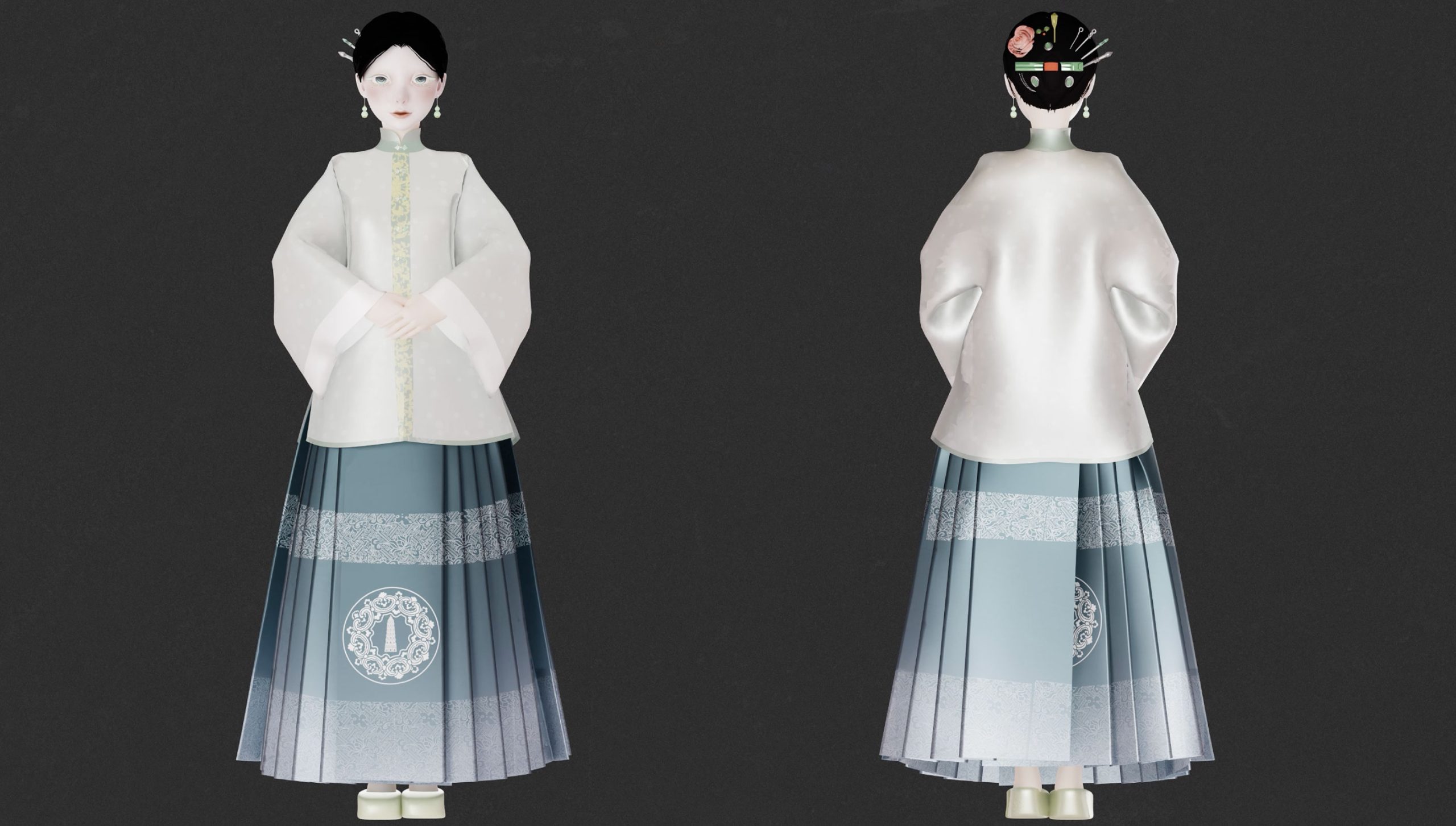
Digital Tour Guide “Xiao Qing”
By implementing ChatGPT 3.5-Turbo model AI technology and Baidu’s intelligent voice recognition technology, visitors can interact with “Xiao Qing” in real-time through text and voice, obtaining various information about the Tiger Hill Scenic Area, thus enhancing the fun and interactivity of the tour.
Notably, the project team also undertook many innovative technical attempts. They used Rokoko sensor equipment provided by the university to try motion capture technology for the first time. After numerous experiments and improvements, they were able to achieve actions such as sitting, standing, and waving.
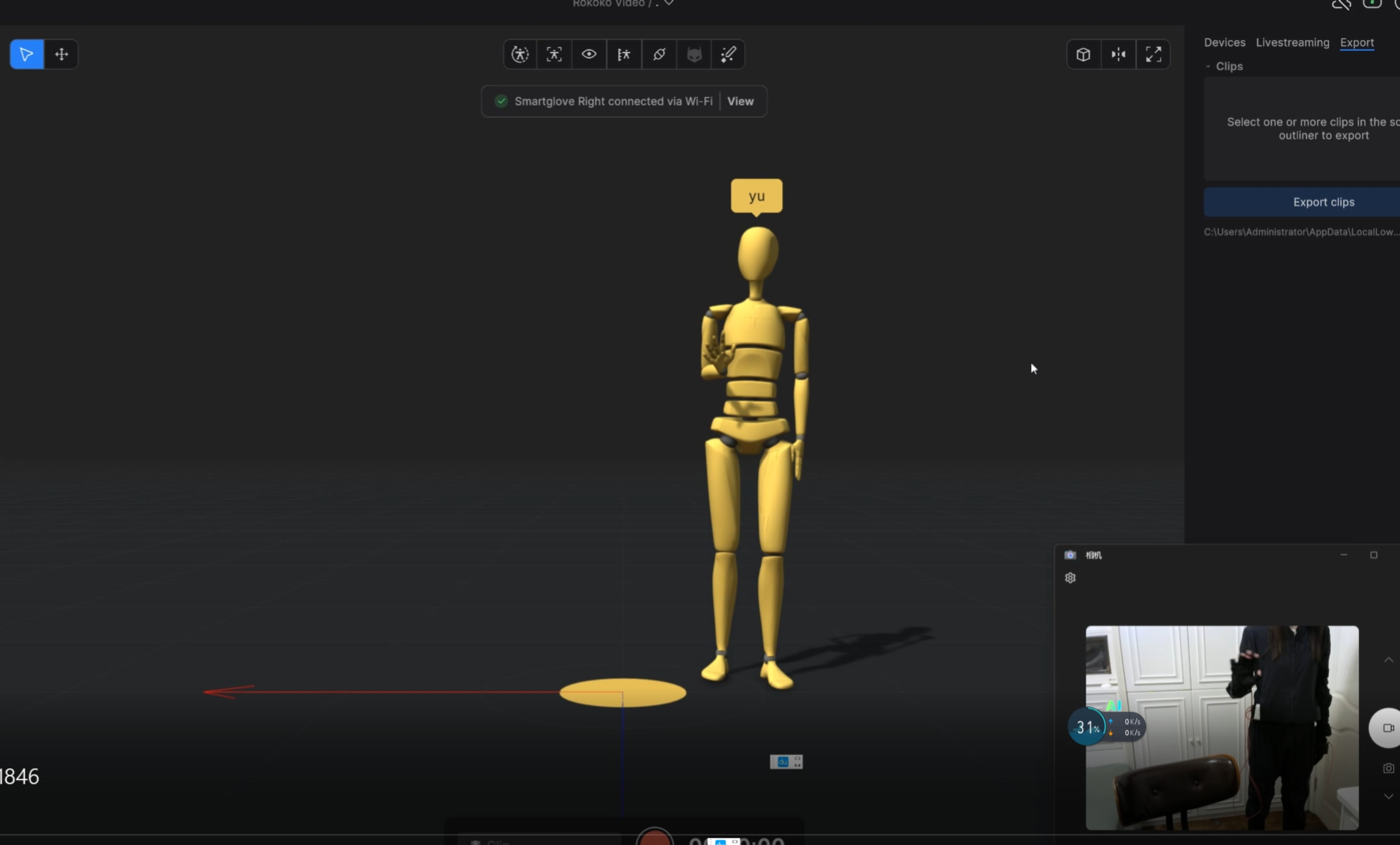
Motion Capture
“However, during the process of self-learning motion capture equipment, I encountered some technical difficulties, such as the flexibility of facial expressions. I will continue to strive for improvement to achieve more realistic and natural interactive effects,” said Yu Tang.
Yu Tang noted that the technical skills and knowledge acquired in the digital media arts programme were effectively applied in this metaverse project. “Digital media arts provided technical support and innovative ideas for the metaverse project. In turn, the metaverse project offered practical opportunities and development space for the digital media arts programme,” she said.
In addition to technical exploration, the team members gained a deeper understanding of the metaverse after implementing the project. They believe the metaverse is not only a virtual world but also a platform combining various technological methods for innovative applications.
“Through metaverse technology, we can break the limitations of time and space, allowing people to gain deeper insights into and experiences of different cultures and scenarios. This new form of tourism not only offers visitors more choices but also brings new development opportunities and vitality to the cultural tourism industry,” Yu Tang said.
By Wenzhen Li
Edited by Bo Kou
Photos courtesy of Yu Tang, Liwen Zhang, Suzhou Museum
22 Mar 2024
